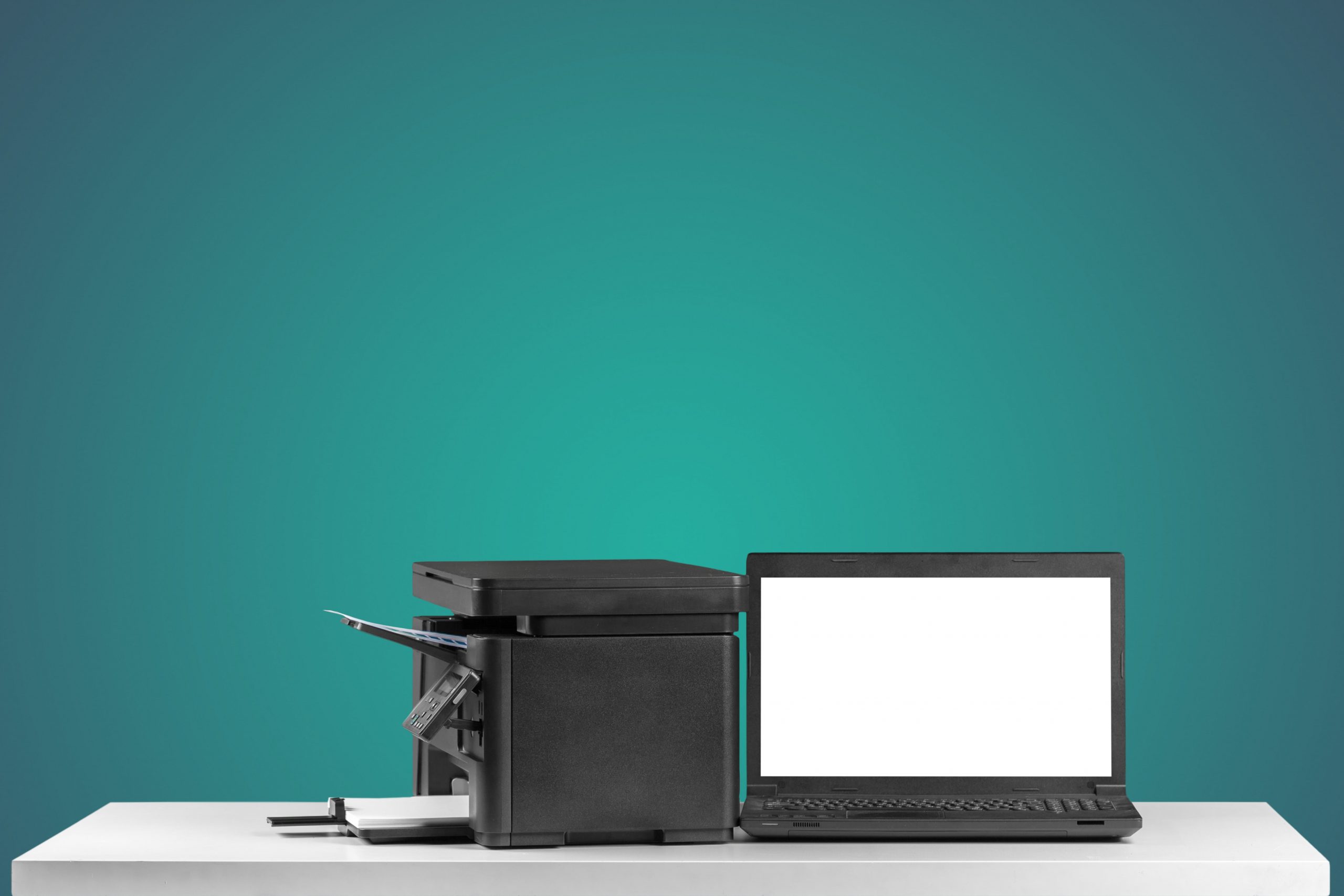
Are you weary of monitoring inventories and assets manually? Are you seeking for a solution that may assist you in streamlining and reducing mistakes in your company operations? Then you may choose to investigate RFID technology. RFID (Radio-Frequency Identification) is a technology that identifies and tracks items using radio waves. This article will discuss RFID printers and UHF RFID readers, how they function, and the advantages they may provide to organisations.
What is RFID?
RFID technology has existed for decades, but its potential to enhance company processes has garnered increased attention in recent years. Attached to an item are RFID tags that consist of a microchip and an antenna. When an RFID reader emits a radio frequency, the tag is activated and the microchip’s information is read. Inventory monitoring, supply chain management, access control, and asset management are a few of the applications that may use RFID technology.
RFID Printer: Making Tagging Easier
RFID printers are devices capable of printing RFID tags. The printer is capable of encoding the tag with particular data, such as a product code, serial number, or date of manufacture. There are several kinds of RFID printers, such as desktop printers, industrial printers, and mobile printers. RFID printers are applicable to a variety of sectors, including healthcare, retail, manufacturing, and logistics.
RFID printers are essential for firms that need to precisely identify and monitor a large number of things fast. The tags may be linked to items, assets, and documents, allowing for real-time inventory and asset visibility. The advantages of RFID printers include:
- Improved accuracy: RFID printers can encode tags with accurate information, reducing errors and improving data quality.
- Increased efficiency: RFID printers can print multiple tags simultaneously, reducing labor costs and speeding up the tagging process.
- Enhanced visibility: RFID tags can be read from a distance, enabling real-time visibility of inventory and assets.
UHF RFID Reader: Reading Tags with Precision
UHF (Ultra-High Frequency) RFID readers can scan RFID tags from a distance. UHF RFID readers generate radio waves that activate the tag and read the microchip’s information. The ability of UHF RFID scanners to read tags from many meters away makes them suitable for usage in warehouses, distribution centers, and other big facilities.
RFID readers may be stationary or mobile. Installed at specified points, such as entrances and exits, fixed UHF RFID scanners may read tags as they pass. Workers may carry mobile UHF RFID scanners to read tags as they travel across the plant. The advantages of employing UHF RFID readers consist of:
- Increased speed: UHF RFID readers can read tags at a high speed, enabling real-time tracking of inventory and assets.
- Improved accuracy: UHF RFID readers can read tags with high accuracy, reducing errors and improving data quality.
- Enhanced visibility: UHF RFID readers can read tags from a distance, enabling real-time visibility of inventory and assets.
RFID Printer and UHF RFID Reader: Working Together for Maximum Efficiency
RFID printers and UHF RFID readers may collaborate to increase the productivity of organizations. RFID printers can print precise information onto RFID tags, while UHF RFID readers can read the tags from a distance. This allows firms to monitor their inventories and assets in real-time, so minimizing mistakes and increasing productivity.
With an RFID printer, a manufacturing facility may tag items with precise information, such as a serial number or date of manufacture. The items may then be traced through the facility using UHF RFID scanners, allowing real-time inventory and asset visibility. This may assist the facility in reducing mistakes, enhancing efficiency, and increasing output.
Furthermore, RFID printers and UHF RFID readers may assist firms in adhering to rules and standards. For instance, RFID technology may be used to monitor medical equipment and verify compliance with requirements such as the FDA’s Unique Device Identification (UDI) mandate in the healthcare business. Similarly, RFID technology may be used in the automobile sector to trace parts and components and assure compliance with rules such as the Material Management, Logistics, and Transport (MMT) standard of the Automotive Industry Action Group (AIAG).
RFID technology implementation may need an initial expenditure, but the advantages may surpass the expenses. RFID technology may cut labor costs, enhance productivity, and boost accuracy for enterprises. Furthermore, RFID technology may give organizations real-time inventory and asset awareness, allowing them to make data-driven choices and improve operations.
Conclusion
RFID technology has transformed the inventory and asset-tracking practices of enterprises. RFID printers and UHF RFID readers are essential for organizations that need to tag and monitor a large number of goods rapidly and precisely. RFID printers can print tags with precise information, while UHF RFID readers can read tags from a distance, allowing for the real-time monitoring of inventories and assets. Businesses may enhance efficiency, eliminate mistakes, and boost output by utilizing RFID technology.
